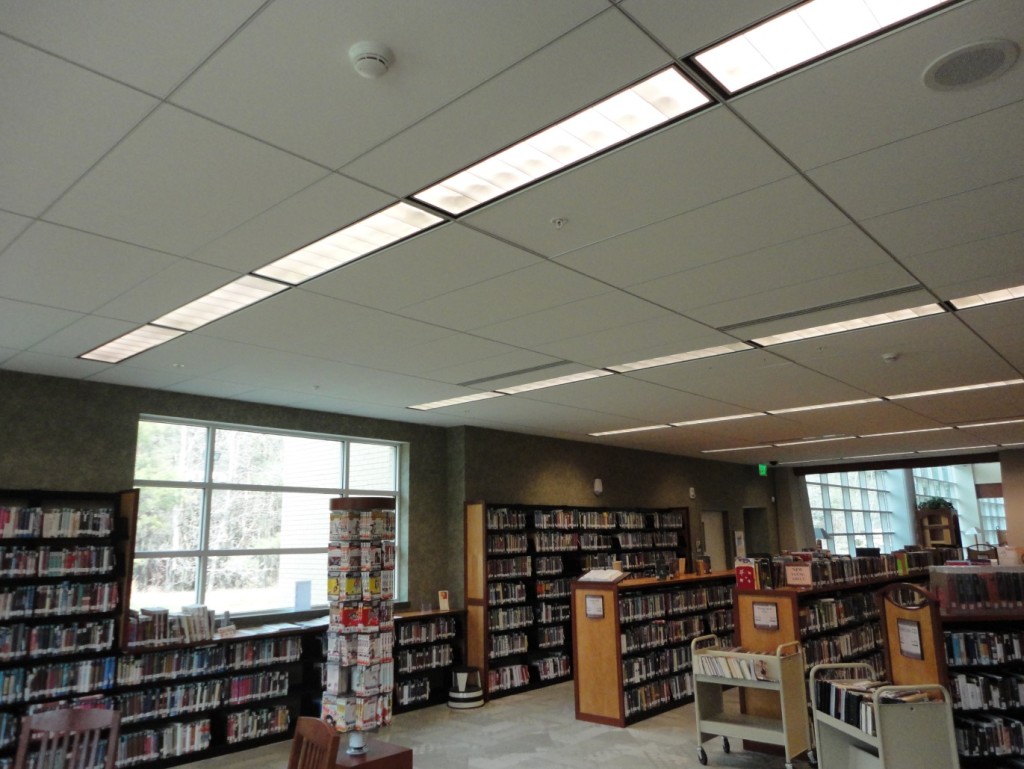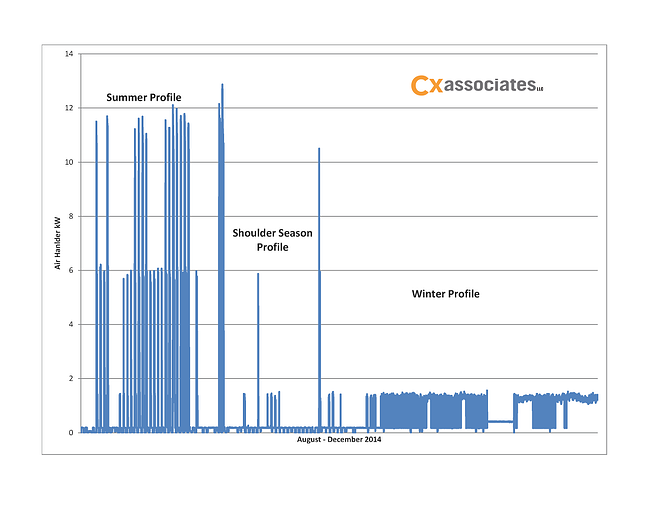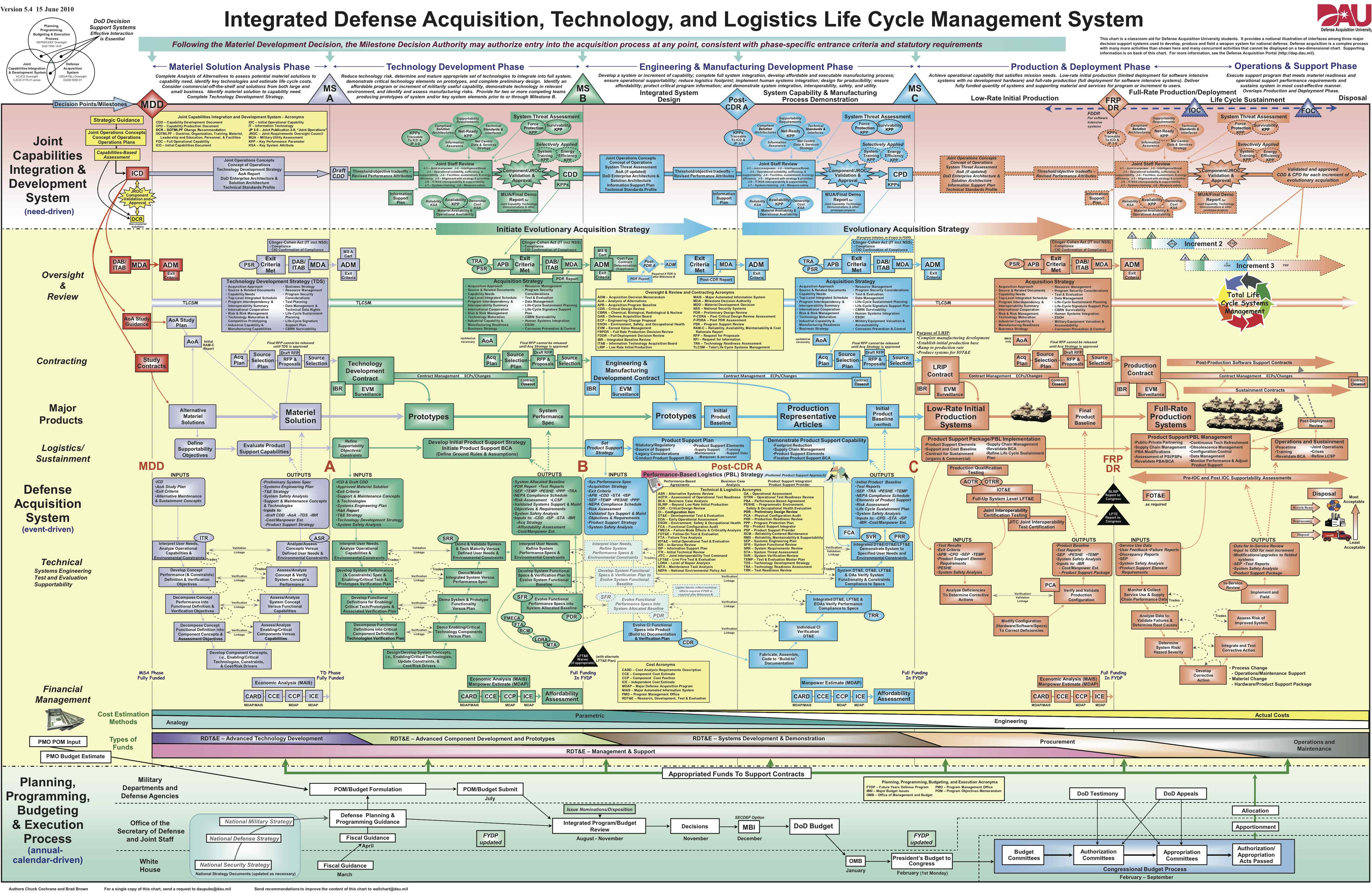Continuing on an earlier blog post on Evaluation, Measurement and Verification (EM&V), a vital source of information for the EM&V process comes from metering. As mentioned in Katie’s recent blog post, there are many types of meters that can be used to collect data for analyzing energy savings. Using the right type of meter is important, but ensuring your engineering team installs it in the right place at the right time for the right duration is also critical to ensuring that the data collected by the meters is both valid and beneficial for the energy analysis for which it will be used.
Right Place
For example, when evaluating your lighting controls using a light intensity meter, you would want it to be installed in a location where it only meters the light intensity of the controlled device. I know this sounds obvious, but plenty of times we have seen meters installed in bad locations. If a meter was installed in a location where it picks up on light from the sun during daylight hours it would not provide useful information for analysis, and the time and money spent on this effort would yield bad results.
 Placing a logger outside of the fixture in this space will cause suspect data. The windows will significantly influence the light intensity measurements of the logger.
Placing a logger outside of the fixture in this space will cause suspect data. The windows will significantly influence the light intensity measurements of the logger.Right Time
Determining the correct season for meter deployment is another key to obtaining good data. If you want install meters to gain a better understanding of the performance and energy use of your air conditioning unit, make sure you plan to use the meters in the summer time, when the air conditioning unit will actually be operating. If you are limited by time or budget to only one season, the season where the most energy savings are anticipated is usually the best season to meter.
Right Duration
If there is a project where you need to collect data for equipment in winter and summer conditions, metering during a shoulder season for an amount of time where a range of conditions is captured is ideal. An example of an equipment type one may want to meter in a shoulder season would be a heat pump that was used for both heating and cooling. Equipment that sees a constant load profile (such as lighting) typically only requires a two-week metering period. But metering temperature-dependent equipment during a shoulder season requires a minimum of one to two months in order to capture sufficient data points within each temperature bin.
EM&V Metering
Following these suggestions for using meters effectively will help to provide quality data that can be used as part of the EM&V process.
Do you have questions about how your building’s systems are operating? Get in touch with us to discuss your options for metering.
Resources
Evaluation, Measurement and Verification (EM&V), ACEEE
http://aceee.org/topics/evaluation-measurement-and-verification-emv





